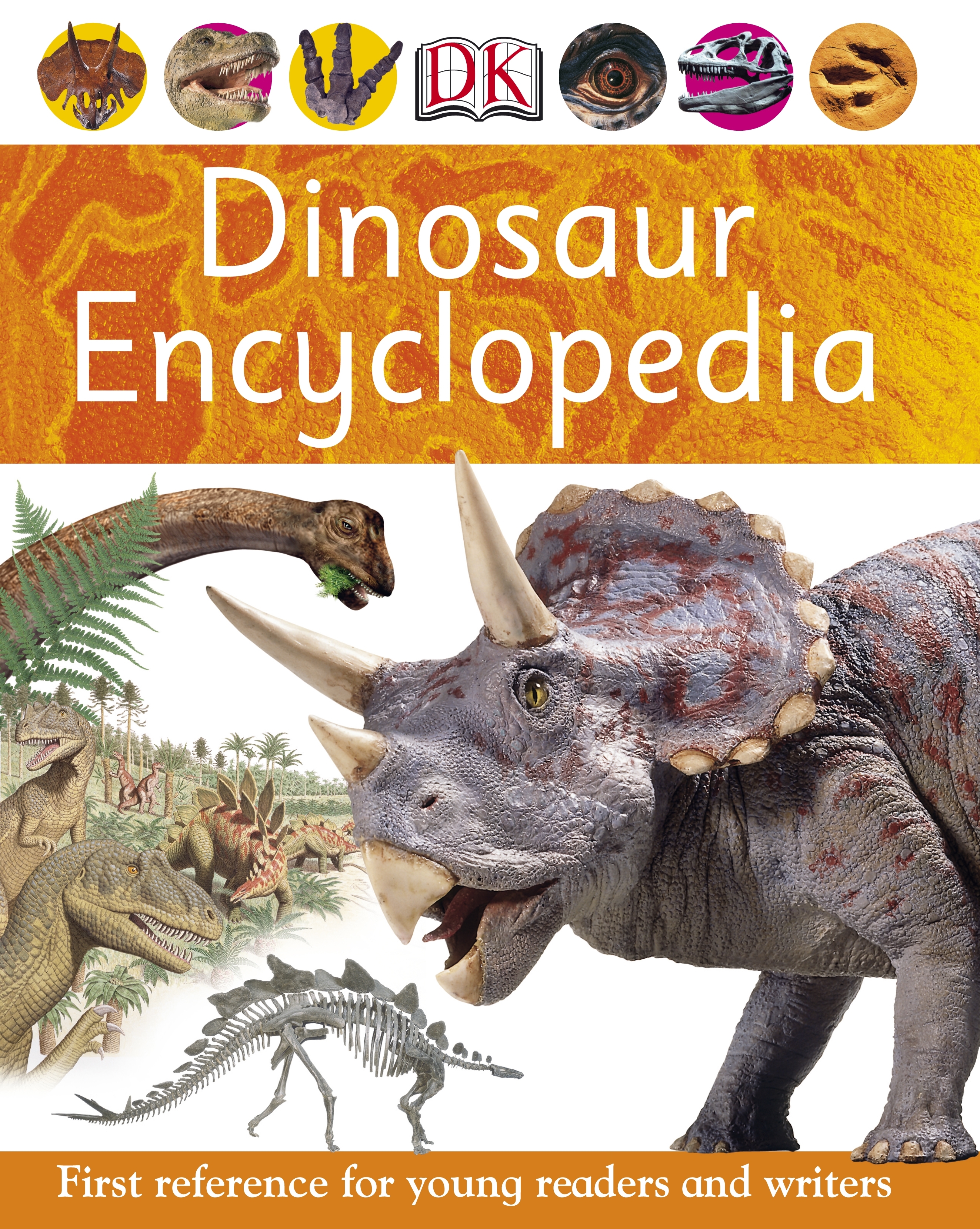Seems pretty simple, right? But you’d be surprised – not everybody who tries to write one actually knows what they’re trying to accomplish.
But if you’re looking for specifics that will lead you invariably to success, you may come away from this post slightly disappointed. Sorry! (for a few of those tips, see Part 2 of this series)
Honestly, I’ve read all the books and blogs and ebooks that promise to tell you exactly how many pages you need to have, and exactly how your book has to look; how the illustrations must be formatted, font, type size, and more.
I’m not going to do that. It’s bossy and kind of mean and besides, none of what used to be conventional wisdom is totally true anymore. I’m not a professional publisher, and if I was, self-publishing would have already blown me out of the water and made all my pompous pronouncements worthless.
Essentially, it comes down to the Monty Python thing: “I don’t know much about art, but I know what I like.” Read enough children’s books, you’ll know what a children’s book is.
If you haven’t read lots and lots and lots and lots (nauseatingly lots), the image of all the book covers up above is a decent place to start. Read them all, and then go to Amazon.com and tell it you liked those books and it will recommend a bunch more for you to read.
Even though I already promised not to be mean, I am going to lay down a few rules. If you’ve read enough kids’ books, or were born on Earth, you know these rules already. But it’s worth putting it all down in writing anyway. A children’s book is…
- A bunch of pages between covers. How many pages? Oh, between 6 and 600. You know, somewhere in there. How many will depend on the reader’s age.
- Aimed at young readers. Maybe even “readers” too young to know how to read. Your book will have to court those readers (or their parents), suck up to them, really. We’ll talk about how in a later post.
- Usually illustrated. At least in part. This isn’t always true about the teen chapters and young adult books, but really, I don’t think of that as kid lit at all – that’s mainly reading material for lazy adults. ;-) (hey, I adore me some teen sci fi when I’m feeling too exhausted and brain-dead for anything weightier!!!)
 All about story. Even non-fiction usually has to have one or more core storylines, or create something resembling a plot to pull the reader along. One exception to this are those “encyclopedia” type books like “Every Piece of Information About Every Dinosaur Ever.” No story in there, but they’re sort of designed for short attention spans, with little effort at continuity from page to page. When most people say they’re writing a kids’ book, they don’t mean this kind of thing, since it’s pretty heavy on pictures and light on text.
All about story. Even non-fiction usually has to have one or more core storylines, or create something resembling a plot to pull the reader along. One exception to this are those “encyclopedia” type books like “Every Piece of Information About Every Dinosaur Ever.” No story in there, but they’re sort of designed for short attention spans, with little effort at continuity from page to page. When most people say they’re writing a kids’ book, they don’t mean this kind of thing, since it’s pretty heavy on pictures and light on text.
Another post (soon, I promise) will deal with the kind of language you need to use in a kids’ book. I don’t mean polite language vs nasty language, just the idea that you need to talk TO kids without necessarily talking LIKE a kid. This is a fine line, so let’s talk about it soon.
Before I finish this quick “Basics” post, I need to mention what children’s books are NOT:
- Children’s books are NOT dumbed-down or scaled-down versions of adult books. You can’t squash an adult-sized plot into a kid-sized book, nor would you want to. And it’s not necessarily easier to write a children’s book just because it’s shorter. Okay, maybe quicker (fewer words to type), but maybe not. We’ll talk more about process in a later post.
Have I missed anything important? What else do you think a children’s book MUST have? What is or isn’t a children’s book, in your experience???
Oh, yeah, and now that you’ve answered those questions in the Comments section (thank you!), go read some kids’ books, to get your creativity flowing.
More in this series:
- Basics, Part 1: What is a children’s book?
- Basics, Part 2: Does your book measure up?








0 comments:
Post a Comment
As always, I love to hear from you.